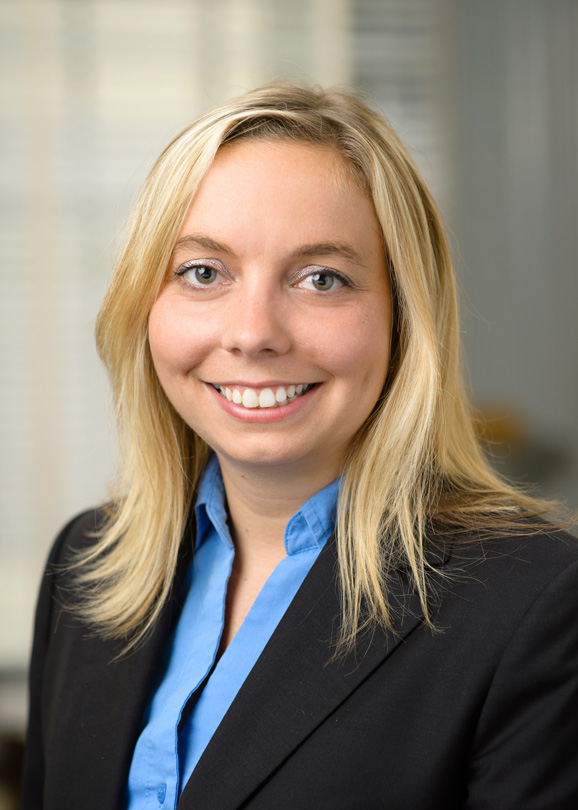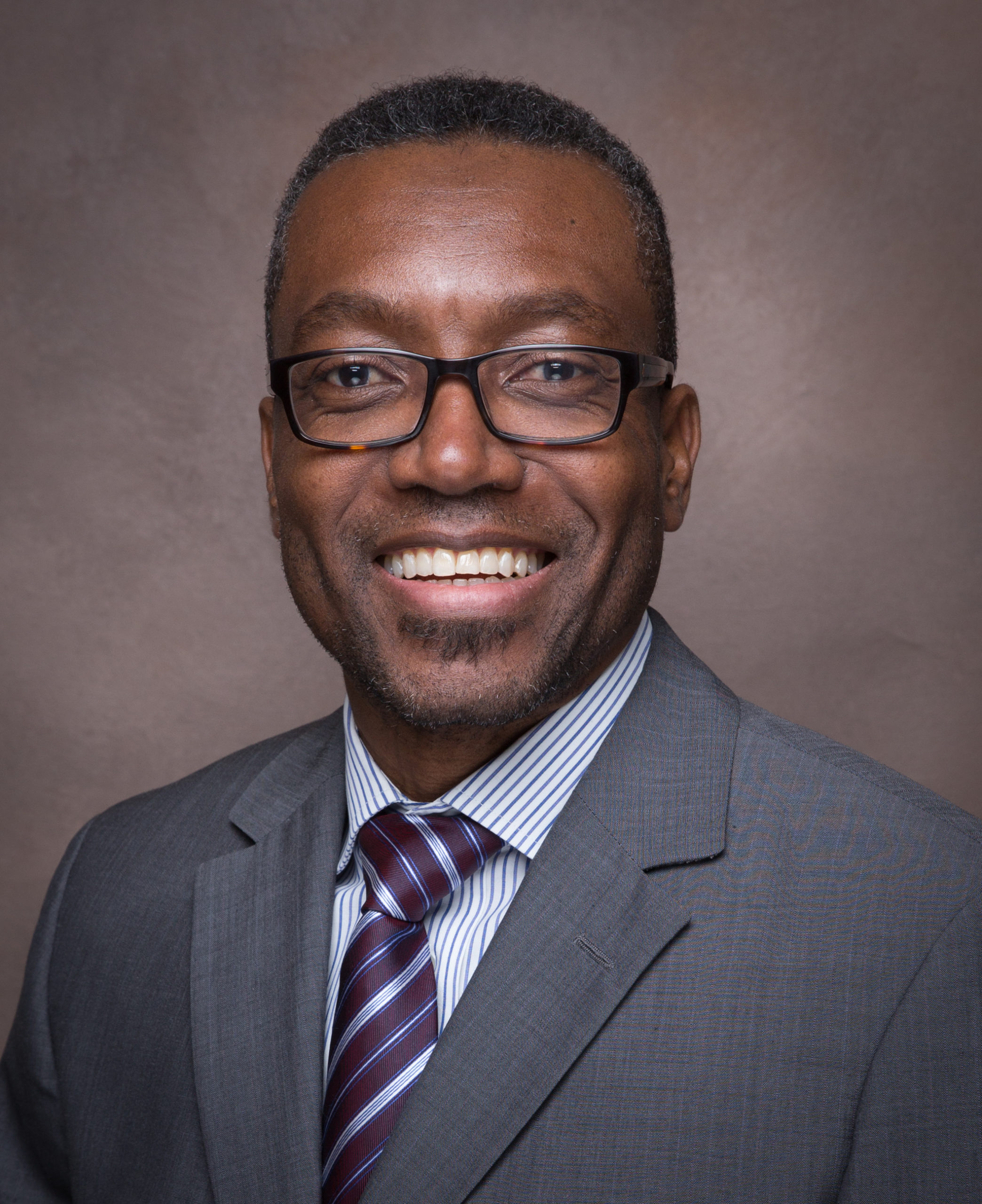Get Involved

 Become a Thought Partner
Become a Thought Partner
Partner with us to produce thought leadership that moves the needle on behavioral healthcare.
 Other options to get involved
Other options to get involved

Thank you!
We received your information and will be in contact soon!
Get Involved

 Grantmaking
Grantmaking
We fund organizations and projects which disrupt our current behavioral health space and create impact at the individual, organizational, and societal levels.
 Participatory Funds
Participatory Funds
Our participatory funds alter traditional grantmaking by shifting power
to impacted communities to direct resources and make funding decisions.
 Special Grant Programs
Special Grant Programs
We build public and private partnerships to administer grant dollars toward targeted programs.
 Program Related Investments
Program Related Investments
We provide funds at below-market interest rates that can be particularly useful to start, grow, or sustain a program, or when results cannot be achieved with grant dollars alone.
Get Involved

 Tia Burroughs Clayton, MSS
Tia Burroughs Clayton, MSS
Learning and Community Impact Consultant
Add some text here
 Alyson Ferguson, MPH
Alyson Ferguson, MPH
Chief Operating Officer
Contact Alyson about grantmaking, program related investments, and the paper series.
 Samantha Matlin, PhD
Samantha Matlin, PhD
Senior Learning & Community Impact Consultant
Contact Samantha about program planning and evaluation consulting services.
 Caitlin O'Brien, MPH
Caitlin O'Brien, MPH
Director of Learning & Community Impact
Contact Caitlin about the Community Fund for Immigrant Wellness, the Annual Innovation Award, and trauma-informed programming.
 Joe Pyle, MA
Joe Pyle, MA
President
Contact Joe about partnership opportunities, thought leadership, and the Foundation’s property.
 Bridget Talone, MFA
Bridget Talone, MFA
Grants Manager for Learning and Community Impact
Add some text here
Penn Wissahickon Hospice

Program Website
Year:
2017State:
PennsylvaniaWinner Status:
ApplicantProgram Type:
ProgramTarget Population:
Parents/FamiliesSetting:
CommunityProgram Description
The death of a parent can be a traumatic experience for a child and may negatively influence the functioning of the family who has experienced the loss. In addition, coping with the death of a parent can potentially place children at risk for increased negative behavioral health outcomes such as depression, anxiety, PTSD symptoms, lower academic success, and lower self-esteem. Understanding how a child experiences his or her grief is the cornerstone of Grief Reach. A child’s grief experience is influenced by the coping and functioning of the surviving parent/guardian and the overall communication within the family. Grief Reach is an extension of our child bereavement program, targeting young families during the second and third year of bereavement. Unlike existing models where the parents and children participate in separate but parallel groups, Grief Reach is about bringing children and families together. This unique program is a series of workshops held quarterly throughout the Philadelphia area. The goals of Grief Reach include reducing isolation, encouraging resiliency, enhancing coping skills, while providing a supportive environment for grief expression. Unique to the program is the opportunity for families to engage in activities that encourage fun, invite family adventure, and build relationships.
Creativity
One of the most innovative qualities of Grief Reach lies in the creativity through which the programming is implemented. The Grief Reach program utilizes the work of Dr. Kenneth Ginsburg’s Resiliency Model of the 7 C’s. This model focuses on building competence, confidence, connection, character, contribution, control, and coping. Each Grief Reach program is designed to enhance these protective factors. Individual programs include: The Language of Drumming (families connect through rhythm exercises and drum building); Contain It: Approaching Pottery with a Healing Mind (families create pottery containers in memory of their deceased loved one); Going to New Heights (an adventure program which includes a rope course and zip line at an area zoo; and “What’s for Dinner?” (held at the Restaurant School at Walnut Hill College prior to the November/December holidays). The program’s effort to reduce isolation is supported through creating community amongst these young bereaved families.
Leadership
Grief Reach began in 2016 with child bereavement counselors, in collaboration with the Penn Wissahickon Hospice volunteer program, directing the programming. Participants were a combination of hospice bereavement families and those families that Penn Wissahickon Hospice reaches through Camp Erin, an annual weekend camp for grieving children and teens. Our staff utilizes hospice communication tools, including postcards, and e-mails, to connect to appropriate families. Collaborative relationships are essential to Grief Reach, which recently received agency acknowledgement through Penn Medicine. Carefully selected presenters collaborate with the grief reach counselors to incorporate grief support into programming. In addition, presenters have featured the Grief Reach program on websites and blogs. As Camp Erin host site for the Moyer Foundation, Penn Wissahickon Hospice has been sharing our program with interested camp directors across the country. Furthermore, our volunteers are essential ambassadors to the program, spreading the word throughout the community and assisting families.
Sustainability
The David Bradley Children’s Bereavement Program, funded through an endowment, supports staffing and materials. Our long-standing relationship with the New York Life Foundation awarded us the start-up grant for Grief Reach, which is delivered without cost or co-pay to those receiving services. A hallmark of the program is a robust volunteer component. Volunteers collaborate on programming sustainability, but also through their continual fundraising efforts. We envision a future for the program that includes expansive programming and outreach, as well as collaboration with schools and community groups. We will continue to evaluate our program, looking for opportunities to present program outcomes. We are very proud of our success in the first year of Grief Reach implementation, as our first cohort has relayed the program’s positive impact to our staff. Going forward, we want to expand the program into a larger community, including those families who have been impacted by violence.
Replicability
The impact of Grief Reach is contingent upon volunteers for both programming events and fundraising. Prior to launching Grief Reach, our professional staff created a six-hour training program, steeped in the Resiliency model, focusing on grief processes. The training is a requirement of volunteer participation and could be easily duplicated and/or adapted by other organizations. Support from the Scattergood Foundation would enable Penn Wissahickon Hospice to both expand the program and collaborate with local school districts to integrate the Grief Reach program into schools within our geographic area.
Results/Outcomes
Based on an 81% survey (attached) return rate distributed to parents/guardians participating in Grief Reach, the program demonstrated a 100% success rate in scores related to the improvement of life balance. Additional measured results include: • 24% of families indicating that family balance increased functioning by two levels • 76% of families moved up one level • 92% of respondents felt the program had enhanced the quality of family interaction and engagement • 92% of respondents indicated that they felt very good about the ability to connect to their children when engaging in workshop • 69% of respondents found the coping strategies introduced in the program very useful • 69% of respondents found the opportunity to talk about the deceased to be very helpful In 2016, Grief reach provided support to 16 families. Early outcomes indicate that the program design is making a considerable positive impact on families’ grief experiences.











